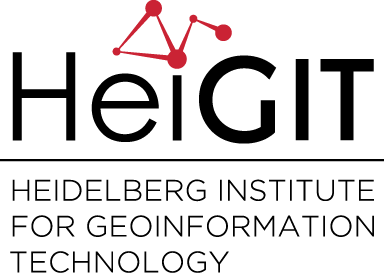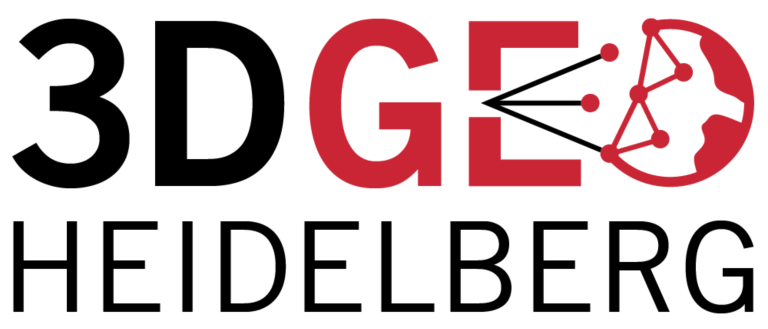Category: Publications
-
A grounding-based ontology of data quality measures
Data quality and fitness for purpose can be assessed by data quality measures. Existing ontologies of data quality dimensions reflect, among others, which aspects of data quality are assessed and the mechanisms that lead to poor data quality. An understanding of which source of information is used to judge about data quality and fitness for…
-
A place for place, CFP for TGIS Special Issue on Modelling and Analysing Platial Representations
Transactions in GIS – Special Issue about MODELLING AND ANALYSING PLATIAL REPRESENTATIONS. Editors: R Westerholt , F-B Mocnik, A Comber, C Davies, D Burghardt, and A Zipf A place for place – modelling and analysing platial representations Places are understood as locations and areas to which anthropogenic meaning is ascribed. As such, places have been…
-
Generating Customized Pleasant Pedestrian Routes Based on OpenStreetMap Data
In a newly published open access paper, we present a system that generates customized pedestrian routes entirely based on data from OpenStreetMap (OSM). The system enables users to define to what extent they would like the route to have green areas (e.g., parks, squares, trees), social places (e.g., cafes, restaurants, shops) and quieter streets (i.e.,…
-
New method for drainage ditch extraction from airborne LiDAR point clouds
In our most recent 3DGeo publication, colleagues from KU Leuven together with us developed a new method to extract drainage ditches from LiDAR point clouds in a fully automatic process. Ditches are often absent in hydrographic geodatasets and their mapping would benefit from a cost and labor effective alternative to field surveys. We propose and…
-
Hyperspectral and LiDAR Fusion Using Deep Three-Stream Convolutional Neural Networks
Our feature paper “Hyperspectral and LiDAR Fusion Using Deep Three-Stream Convolutional Neural Networks” is now published online. Recently, convolutional neural networks (CNN) have been intensively investigated for the classification of remote sensing data by extracting invariant and abstract features suitable for classification. In this paper, a novel framework is proposed for the fusion of hyperspectral…
-
Deep Learning from Multiple Crowds: A Case Study of Humanitarian Mapping
Our paper about Deep Learning from Multiple Crowds: A Case Study of Humanitarian Mapping is available online now. Satellite images are widely applied in humanitarian mapping which labels buildings, roads and so on for humanitarian aid and economic development. However, the labeling now is mostly done by volunteers. In a recently accepted study, we utilize deep…
-
Open access publication of airborne laser scanning data of Arctic permafrost region
Airborne laser scanning (ALS) data of the Arctic permafrost research region Trail Valley Creek (TVC) has just been published for open access on the data library PANGAEA: Anders, Katharina; Antonova, Sofia; Boike, Julia; Gehrmann, Martin; Hartmann, Jörg; Helm, Veit; Höfle, Bernhard; Marsh, Philip; Marx, Sabrina; Sachs, Torsten (2018): Airborne Laser Scanning (ALS) Point Clouds of…
-
Mapping cultural ecosystem services 2.0 – using machine learning annotated photos to learn how humans perceive landscapes and ecosystems
Ecosystems provide many different services to mankind. Services provided depend on how the land is used – land use decisions lead to trade-offs that with respect to the ecosystem service provided by ecosystems and landscapes. This trade-offs vary in many situations in space and time. Therefore, it is essential to quantify and map service provisioning…


